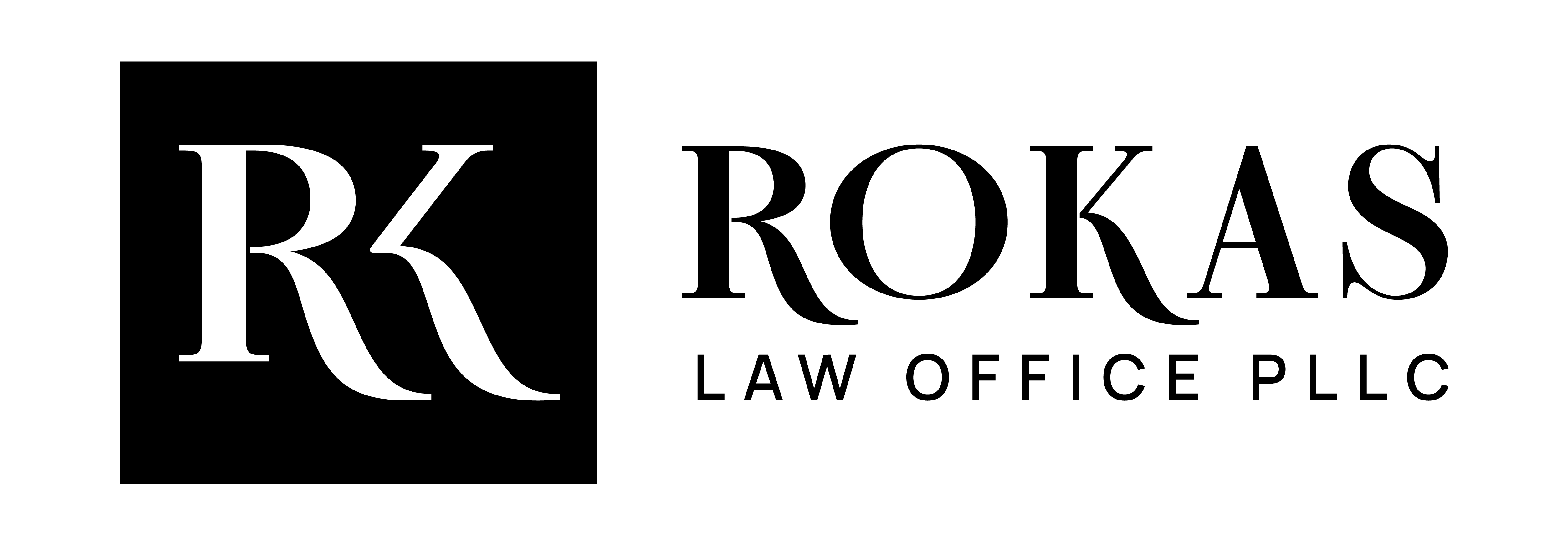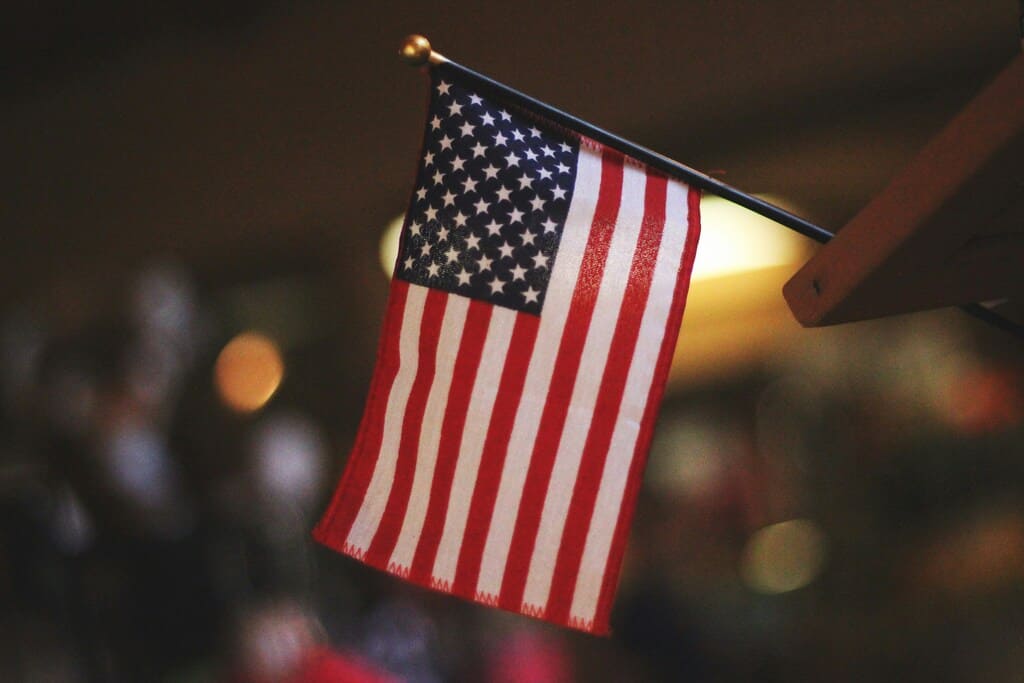
Most educational institutions in the U.S. have special authorization from the Department of Homeland Security to accept foreign students from other countries. The process usually works as follows: the foreign student applies to their chosen educational institutions and, once accepted, the institution sends them Form I-20, which the student can use to apply for a student visa at the U.S. embassy. The visa generally lasts for the duration of the studies in the U.S.
Generally, during studies on a student visa, work is only permitted on campus (e.g., in the university library) and only for a limited number of hours per week. However, during the summer, when the semester has ended, off-campus work is allowed for any employer following a special application. Finally, work is permitted for up to 12 months (or slightly longer in some cases) after completing studies.
The M-1 visa applies to foreign students who wish to attend non-academic or vocational study programs in the U.S. This visa is issued for training programs that do not lead to a university degree, such as technical schools, trade programs, or vocational skills training (e.g., culinary arts, engineering, or other technical specialties). Like the more common F-1 student visa, the foreign student must first be accepted at a U.S. educational institution and receive Form I-20 to apply for the M-1 visa at the U.S. embassy.
Regarding work, the M-1 visa has stricter restrictions compared to the F-1. During studies, M-1 visa holders are generally not allowed to work off-campus, with few exceptions. Unlike the F-1 visa, the M-1 visa does not allow students to work on campus, and work is only permitted in exceptional cases with approval from the U.S. Department of Homeland Security. The M-1 visa is granted for the duration of the program, and students must remain in the U.S. throughout their studies.
The M-1 visa can be valid for up to one year, depending on the length of the educational program. After completing the program, visa holders may stay in the U.S. for 30 days to complete their affairs before returning to their home country. If they do not decide to stay in the U.S. for further studies or work, they must leave before the end of this period.





